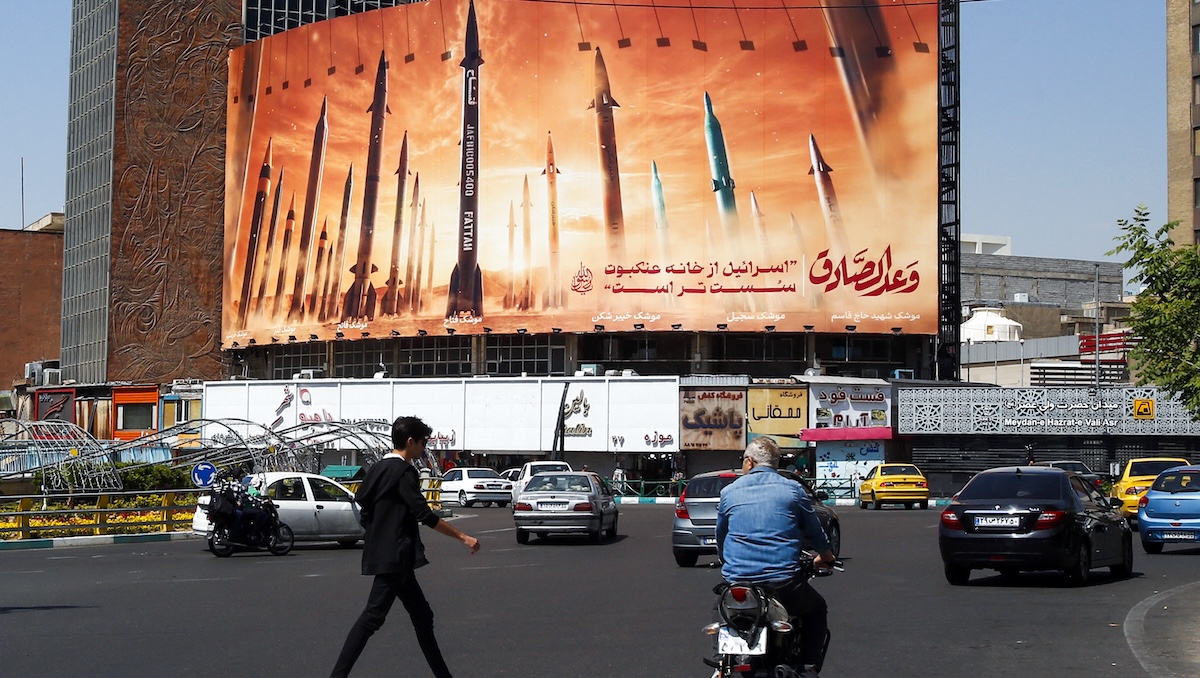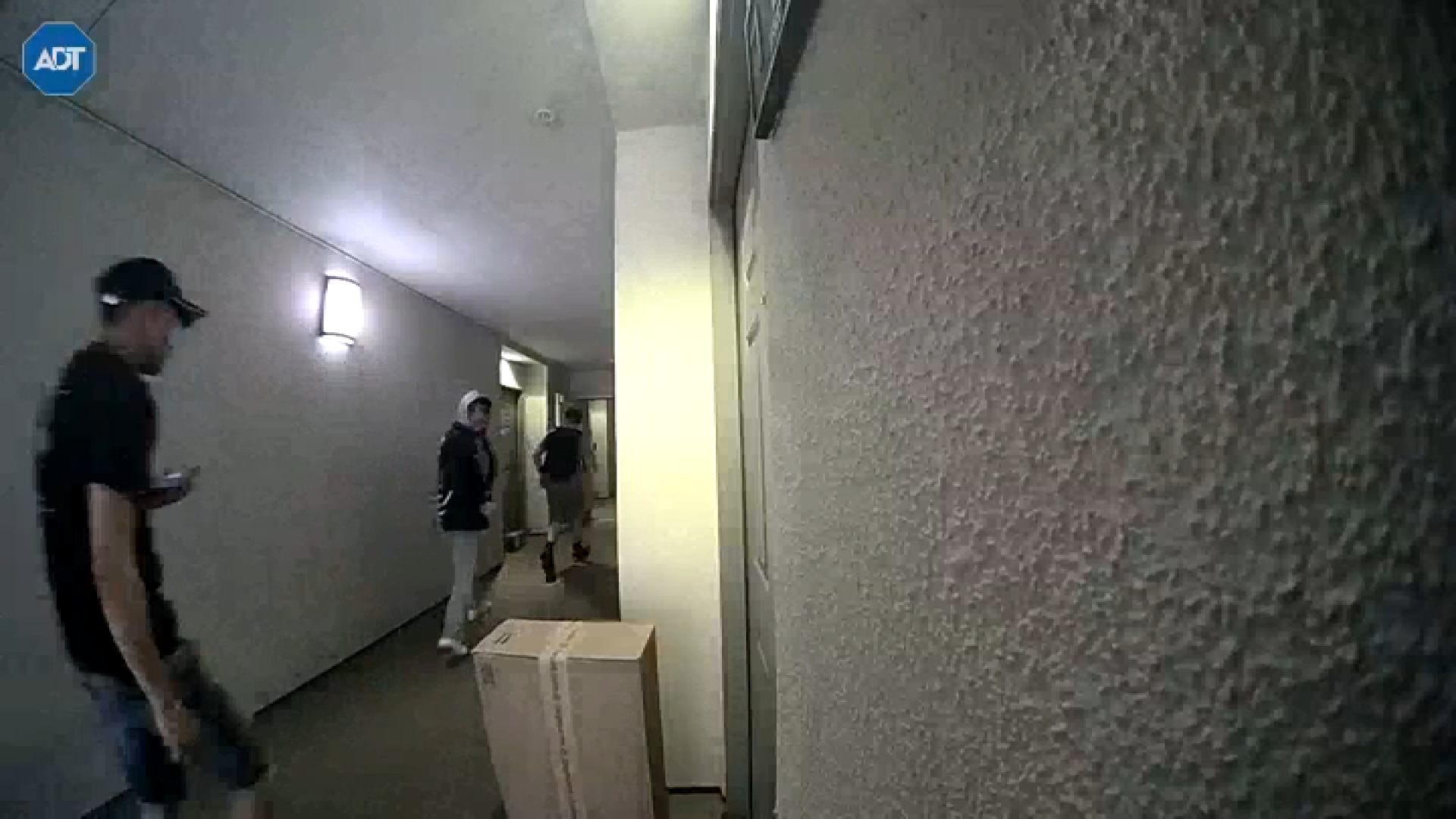House and Senate negotiators reached a deal Tuesday on a major railroad safety reform bill that will require new technology to prevent crashes and limit hours engineers can work.
The deal, expected to be brought to a vote in the House on Wednesday, follows a collision between a commuter train and a freight train that killed 25 people in Los Angeles on Sept. 12.
The package also wraps in legislation authorizing billions for Amtrak.
The agreement came after a session in which Metrolink officials said they area are considering adding a second engineer on its trains to help with safety.
Metrolink chairman Ron Roberts disclosed that the move was under consideration during a U.S. Senate briefing Tuesday in Washington. He and other rail officials faced stinging accusations that they were not moving fast enough on safety.
Authorities said the engineer on the Metrolink commuter train that day did not stop at a red signal that would have prevented the head-on collision with a Union Pacific freight train.
California Sens. Barbara Boxer and Dianne Feinstein, backed up by a witness from the National Transportation Safety Board, spent much of the hearing demanding to know why railroads had yet to install safety technology that can apply brakes on trains headed for collision.
Officials with Metrolink, Union Pacific and the Federal Railroad Administration insisted they supported the technology, called "positive train control," but repeatedly hedged when Boxer and Feinstein pressed them on why they had not installed the technology.
News
Top news of the day
The technology has been installed on portions of the Northeast Corridor, and FRA Administrator Joseph H. Boardman acknowledged that "Positive train control would have prevented this collision."
Officials said they were working on it but it took time and was more complicated where freight and commuter trains share rail lines, as is the case many places in California, including where the accident occurred.
When the senators pressed for interim safety measures, Roberts said Metrolink was discussing the option of a second engineer. Feinstein and Boxer pressed him to make it happen.
"I, for one, believe you have to do that, and not to do that in the wake of past accidents makes the railway very culpable," Feinstein said.
Investigators said the engineer of the Union Pacific freight train involved in the rail collision had approximately four seconds to react after spotting the oncoming Metrolink train. The Union Pacific engineer had one second to react and one second to apply the emergency brake, which he did, investigators said.
The two trains collided two seconds later.
Crash investigators said it appears the Metrolink engineer did not apply his emergency brake.
The trains, both traveling about 40 mph, slammed together at 4:23 p.m. Sept. 12 on a curving section of track near Chatsworth. The force of the collision sent the locomotive of the Metrolink train back through the adjoining passenger car. Twenty-five people died and 135 were injured.



